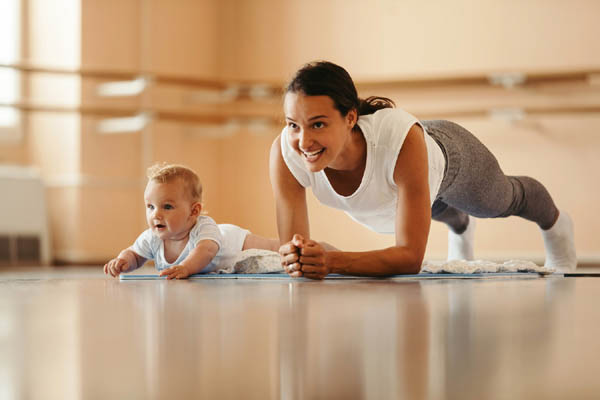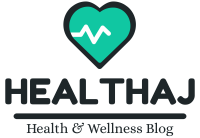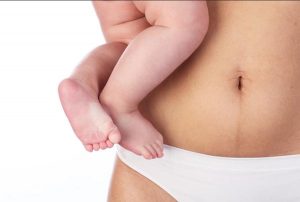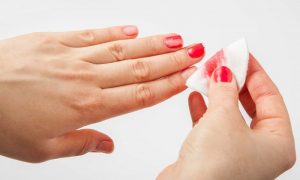
If you have ever given birth before, then you may be aware of the permanent postpartum body changes that take place. The moment that you give birth, the permanent nature of these changes takes over and your entire body is set upon a totally new path. The first few days after the birth of your baby are just the tip of the iceberg. Over the next few weeks and months, the permanent body changes will take effect. This article will focus on permanent postpartum body changes that may occur.
Permanent Postpartum Body Changes
- Firstly, you will notice that you have lost all of your pre-pregnancy weight. It is important to remember that the initial weeks and months will not have the same effects as the following months and years. Even though you have breast fed, you will have lost significant weight. Therefore, once your breasts have grown, you will need to get them back into shape before you can consider breast feeding.
- Another of the postpartum body changes that occurs is that the skin will stretch out across your abdomen. This is something that happens in conjunction with the other changes. You will notice that as you breast feed, the skin in your upper abdomen will start to stretch out. The good news is that this is actually reversible, so you don’t have to worry about dealing with these postpartum body changes.
- When you are considering breast feeding, you may notice that your nipples are either very sore or bruised. In many cases, this can be an early sign of breastfeeding. It is important to keep in mind that breastfeeding is completely natural and will not cause these symptoms. In fact, it is your body trying to demonstrate to you how well you are bonding with your baby. You need to allow this natural process to work instead of trying to stop it.
- Your breasts will also start to swell a little. This is not a major concern because it will go down as your body gets used to lactating again. You simply need to take note of this and take action as soon as possible. If you notice that they are a bit larger than normal, you may want to talk to your doctor about an exercise program to help you get back into shape.
Conclusion
Overall, there is no need to be concerned about permanent postpartum body changes. There are plenty of things that you can do to help with these issues, including breast feeding. Don’t forget that it is always easier to make small changes than it is to have to deal with massive transformation. Take your time and enjoy the process.








